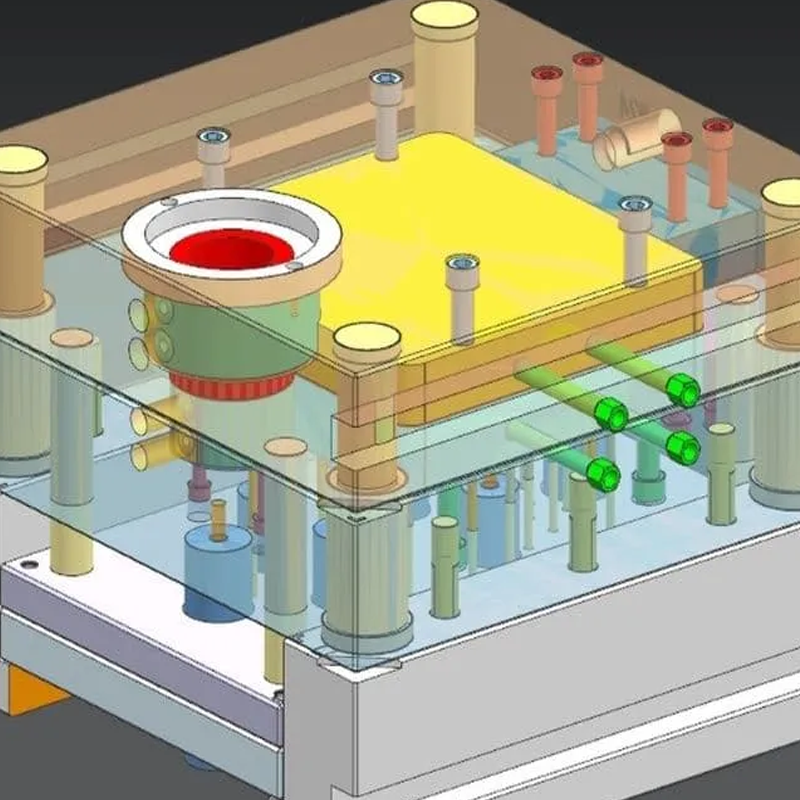Hello, this is Sunny from Toolingsun! Today, we’re diving into a critical topic for the manufacturing industry: die casting mold design. This process plays a pivotal role in producing high-quality metal components. The design of a die casting mold is not just about shaping the product; it is about ensuring the success of the entire manufacturing process. A precisely designed mold directly influences product quality, production efficiency, and cost-effectiveness. At Toolingsun, we’re committed to delivering precision-engineered molds that meet your exact specifications, backed by our expertise and advanced capabilities.
Let’s explore the essential aspects of die casting mold design, focusing on key considerations that can make or break your manufacturing success.
What Is Die Casting Mold Design?
Die casting mold design is the backbone of mass-producing metal parts. It involves creating molds that enable the injection of molten metal under high pressure, forming components with intricate shapes and excellent surface finishes. The mold must be meticulously designed to ensure the molten metal fills every crevice without defects. Factors like wall thickness, cooling systems, draft angles, and material flow are crucial to creating a flawless final product.
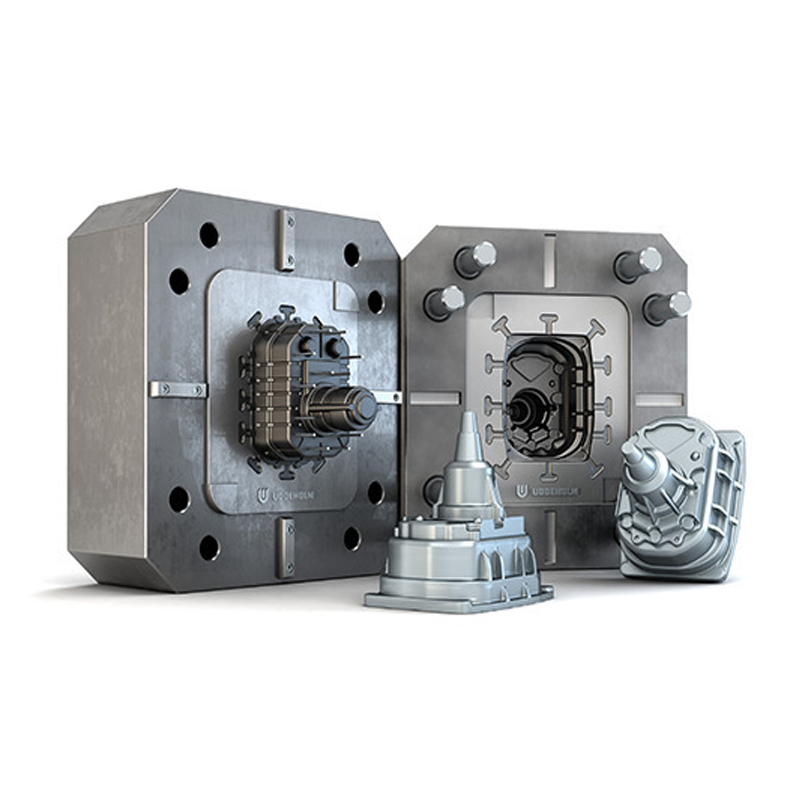
8 Critical Factors in Die Casting Mold Design
1. Draft Angle
The draft angle ensures smooth ejection of the part from the mold. A precise draft minimizes risks like shrinkage and sticking during the cooling phase. While outer walls typically require less draft, inner walls and untapped holes may need additional tapering. The material type, wall geometry, and depth of the mold are key considerations for determining the appropriate draft angle. Properly designed drafts enhance production efficiency and reduce wear on molds.
2. Fillets
Fillets are rounded corners designed to replace sharp edges in molds. They help minimize stress concentrations, reducing the likelihood of defects such as cracks or poor material flow. Fillets can also improve the overall durability of the mold and simplify the casting process. While parting lines generally remain sharp, adding fillets elsewhere is a practical way to optimize mold design.
3. Parting Lines
The parting line is where two mold halves meet. Its precise placement is essential to avoid material leakage during casting, which can result in seams and surface defects. Misaligned or poorly designed parting lines can increase post-processing costs and reduce the aesthetic appeal of the finished product. Careful planning and alignment during the design phase are vital.

4. Bosses
Bosses are raised features used as mounting points or structural supports. To ensure uniform wall thickness and prevent defects, a hole is often incorporated into the center of the boss. However, deep bosses can pose challenges for molten metal flow. Adding fillets and ribs to these features can improve material distribution and prevent incomplete fills.
5. Ribs
Ribs provide additional strength to parts without increasing wall thickness. They help reduce the risk of warping, cracking, and uneven cooling. Strategically placed ribs can also enhance material flow and reduce overall weight. Their design should balance structural integrity with ease of casting.
6. Holes and Windows
Incorporating holes and windows into a mold facilitates better material flow and simplifies part ejection. However, they can create challenges such as unwanted casting within the openings or poor material distribution around edges. To address these issues, additional features like overflows, cross feeders, or flashovers can be included in the mold design.
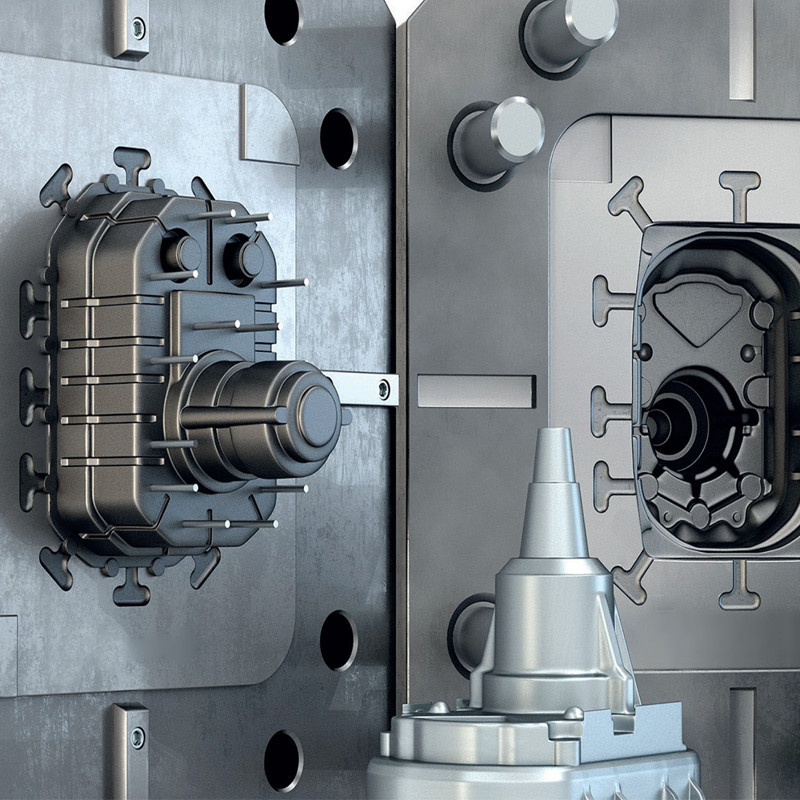
7. Cooling Systems
Effective cooling is essential in die casting to maintain mold temperature and ensure consistent production. Unlike plastic injection molds, die casting molds must operate at much higher temperatures. Conformal cooling systems are highly effective for managing thermal stress and improving part quality while reducing cycle time. Toolingsun specializes in designing optimized cooling systems tailored to your production needs.
8. Symbols and Logos
Branding elements like logos or symbols can be integrated into mold designs. Raised symbols require more material, increasing production costs, while recessed designs are more cost-efficient. While symbols may seem like minor features, they can impact production complexity and expenses, so thoughtful planning is essential.
Achieving Quality Through Expertise
Designing a high-quality die casting mold requires a blend of technical skill, practical experience, and advanced tools. A good mold is not only about the shape but also about precision in tolerances, material compatibility, and production efficiency. At Toolingsun, we bring decades of expertise in mold design and manufacturing to deliver molds that meet the highest industry standards.
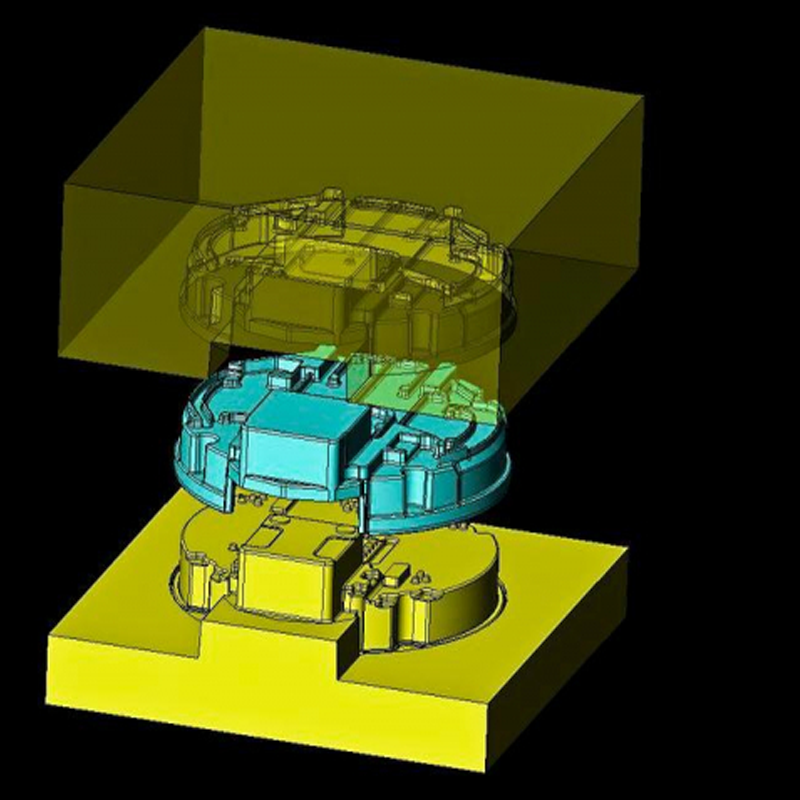
Why Choose Toolingsun?
Toolingsun is a trusted name in the mold manufacturing industry, offering custom-designed solutions with precision tolerances of up to ±0.0002 inches. We work with a wide range of materials, including ABS, acetal, nylon, and more, serving industries such as aerospace, automotive, medical, and electronics. Our capabilities include die molding, injection molding, overmolding, CNC machining, and more. We adhere to AS9100, ASTM, and SAE standards, ensuring every mold meets stringent quality requirements.
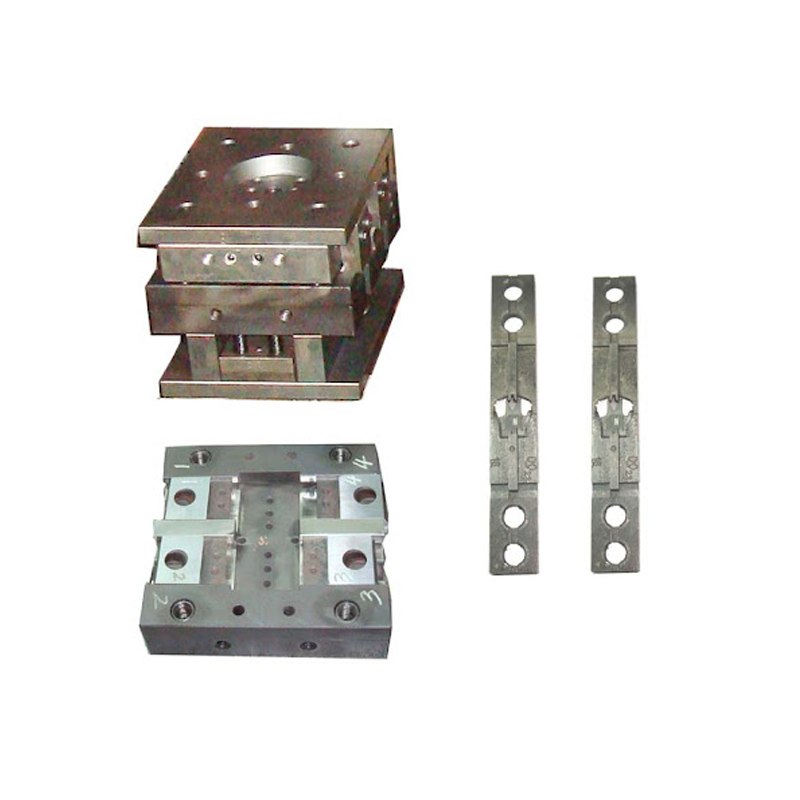
Conclusion
Die casting mold design is a complex process that requires attention to detail and a deep understanding of manufacturing principles. By focusing on critical aspects like draft angles, cooling systems, and material flow, you can achieve efficient production and superior product quality. At Toolingsun, we are here to support your mold design needs with unparalleled expertise and cutting-edge technology.
Are you ready to take your die casting production to the next level? Contact Toolingsun today and let us help you design molds that deliver precision, performance, and durability for years to come!

